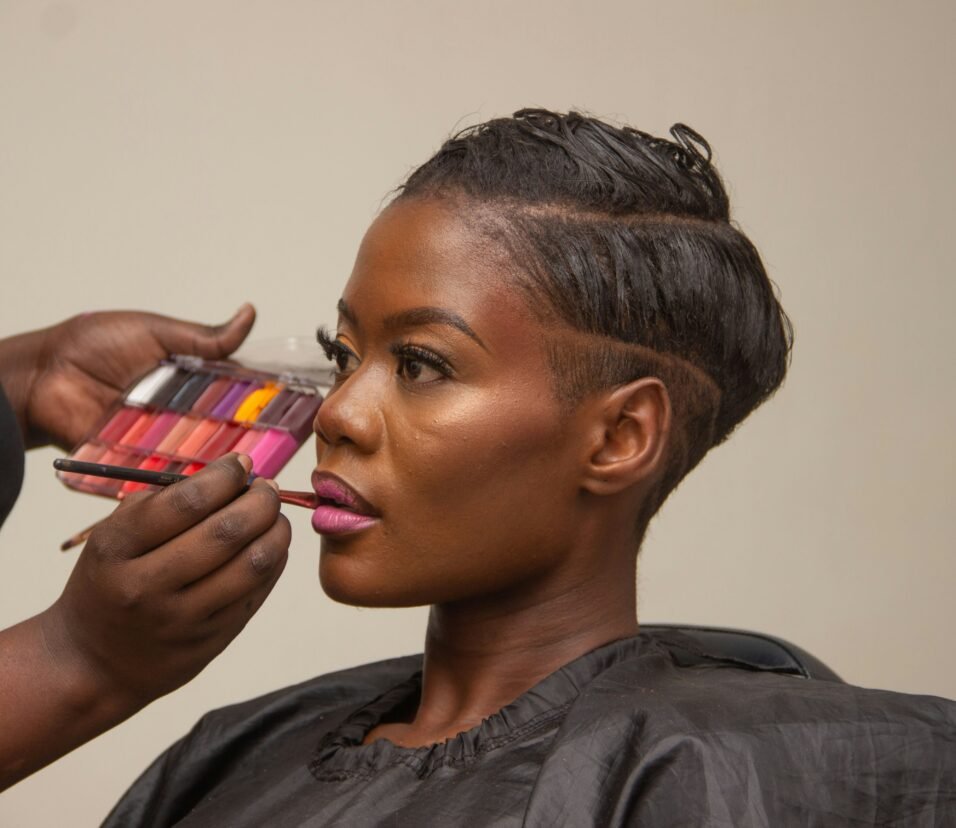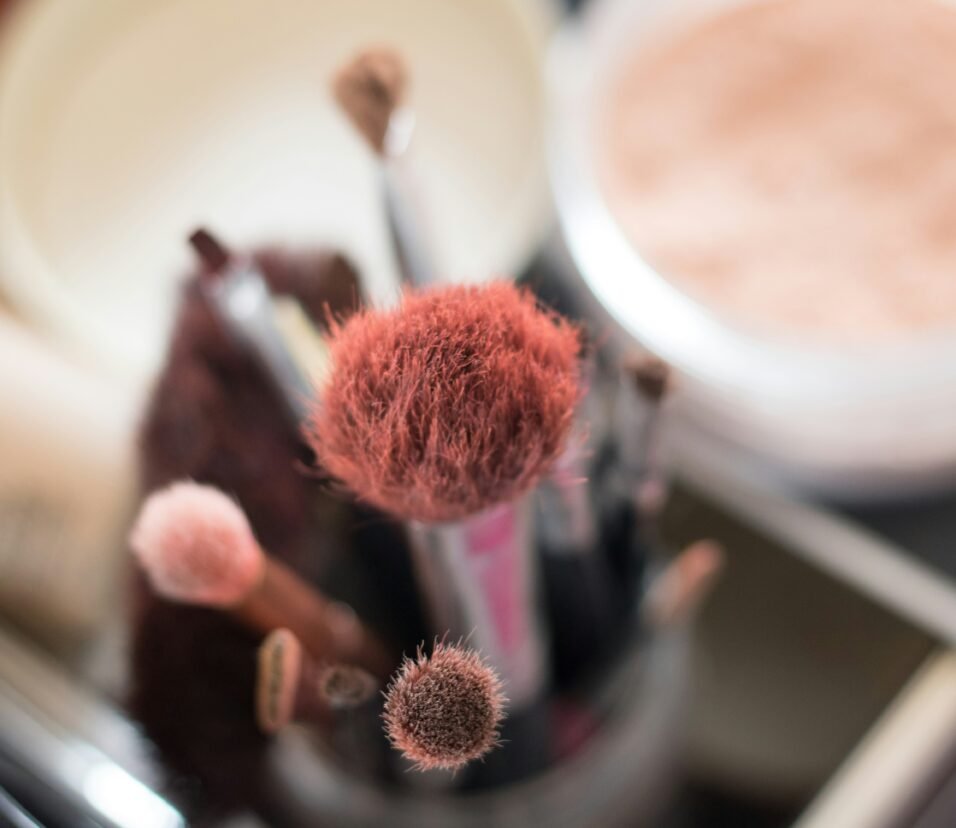Top 10 Anti-Aging Treatments Backed by Science in 2025
Aging is a natural process—but in 2025, you don’t have to accept fine lines, sagging skin, or dullness without a fight. Thanks to major advances in dermatology, biotechnology, and skincare, today’s anti-aging treatments go far beyond surface-level fixes.
What separates fact from fiction? Science. In this guide, we explore the top 10 scientifically backed anti-aging treatments of 2025—including the latest breakthroughs in non-invasive tech, skincare ingredients, and regenerative medicine.
1. Retinoids (Still the Gold Standard)
Why It Works:
Retinoids (including retinol and prescription-grade tretinoin) remain the most clinically proven topical treatment for reducing fine lines, boosting collagen, and improving skin texture.
What’s New in 2025:
- Encapsulated and time-release formulas reduce irritation.
- Retinaldehyde (Retinal) offers faster results with less sensitivity than retinol.
👨⚕️ Dermatologist Approved: Retinoids stimulate cell turnover and collagen production.
2. Peptide Complexes and Growth Factors
Why It Works:
Peptides are small proteins that signal your skin to repair itself and produce collagen. Growth factors can mimic the signals of young skin.
2025 Innovations:
- Bioengineered peptides that target specific skin concerns like sagging and deep wrinkles.
- EGF (Epidermal Growth Factor) in topical serums enhances cell renewal.
🧪 Science Says: Clinical studies show peptides reduce wrinkle depth and improve skin elasticity.
3. LED Light Therapy
Why It Works:
Different light wavelengths (especially red and near-infrared) penetrate the skin to reduce inflammation, stimulate collagen, and increase circulation.
2025 Advancements:
- Smart LED masks now use AI to customize wavelengths based on your skin’s condition.
- Portable, FDA-cleared home devices are more effective than ever.
💡 Clinically Proven: Multiple studies validate LED therapy for collagen production and wrinkle reduction.
4. Microneedling with Radiofrequency (RF)
Why It Works:
Combines controlled skin injury (microneedles) with RF energy to deeply stimulate collagen and tighten skin.
Popular Devices:
- Morpheus8
- Potenza
- Secret RF
🔬 Backed by Research: Shown to improve skin firmness, acne scars, and wrinkles in multiple peer-reviewed trials.
5. Exosome Therapy
Why It Works:
Exosomes are tiny vesicles derived from stem cells that carry growth factors and repair signals. They’re revolutionizing regenerative aesthetics.
2025 Use Cases:
- Applied post-laser or microneedling to speed healing.
- Used in serums or injectables for skin rejuvenation.
🧬 Emerging Science: Early clinical trials show significant improvements in skin density, tone, and resilience.
6. Fractional Laser Resurfacing
Why It Works:
Laser energy creates microscopic damage that stimulates collagen remodeling and resurfaces skin.
2025 Trends:
- Non-ablative fractional lasers offer great results with minimal downtime.
- CO2 lasers remain popular for more dramatic transformations.
⚠️ Scientifically Validated: Lasers improve tone, texture, sun damage, and fine lines.
7. Niacinamide (Vitamin B3)
Why It Works:
A multi-functional skincare ingredient that brightens, reduces inflammation, supports barrier repair, and increases elasticity.
2025 Formulas:
- Often paired with retinoids and peptides.
- Featured in serums, moisturizers, and eye creams.
🧪 Proven Effective: Studies confirm its ability to reduce fine lines and improve skin tone with regular use.
8. Botulinum Toxin (Botox and Alternatives)
Why It Works:
Botox and similar injectables temporarily paralyze facial muscles, preventing wrinkle formation.
2025 Innovations:
- Longer-lasting formulas (e.g., Daxxify) extend results up to 6–9 months.
- “Baby Botox” offers subtle, preventive effects.
👩⚕️ Clinically Trusted: Decades of safety and efficacy data make this a top choice for wrinkle prevention.
9. HA Fillers for Skin Quality (Not Just Volume)
Why It Works:
Hyaluronic acid (HA) fillers now do more than fill wrinkles—they’re being used to improve hydration, elasticity, and skin thickness.
2025 Uses:
- Injected superficially to create a “glow” and enhance skin texture (e.g., Skinvive by Juvederm).
- Combined with biostimulators like Sculptra.
💉 Evidence-Based: Shown to improve skin quality long-term with proper administration.
10. Topical Antioxidants (Vitamin C, Ferulic Acid, Resveratrol)
Why It Works:
Antioxidants protect skin from oxidative stress, UV damage, and pollution—all of which accelerate aging.
2025 Formulations:
- Stable, high-potency vitamin C serums combined with ferulic acid for maximum absorption.
- New forms like tetrahexyldecyl ascorbate offer deep skin penetration with less irritation.
🧴 Supported by Research: Regular antioxidant use can delay visible signs of aging and enhance radiance.
Bonus: Lifestyle & Nutraceuticals in 2025
- Collagen supplements with proven bioavailability
- NMN & resveratrol for cellular anti-aging
- Blue light blockers in skincare and diet
- Skin microbiome boosters for barrier function
Final Thoughts
In 2025, anti-aging isn’t about chasing youth—it’s about optimizing skin health, confidence, and longevity. Whether you’re starting with over-the-counter retinoids or exploring regenerative exosome therapy, science-backed solutions now offer real, measurable results.








